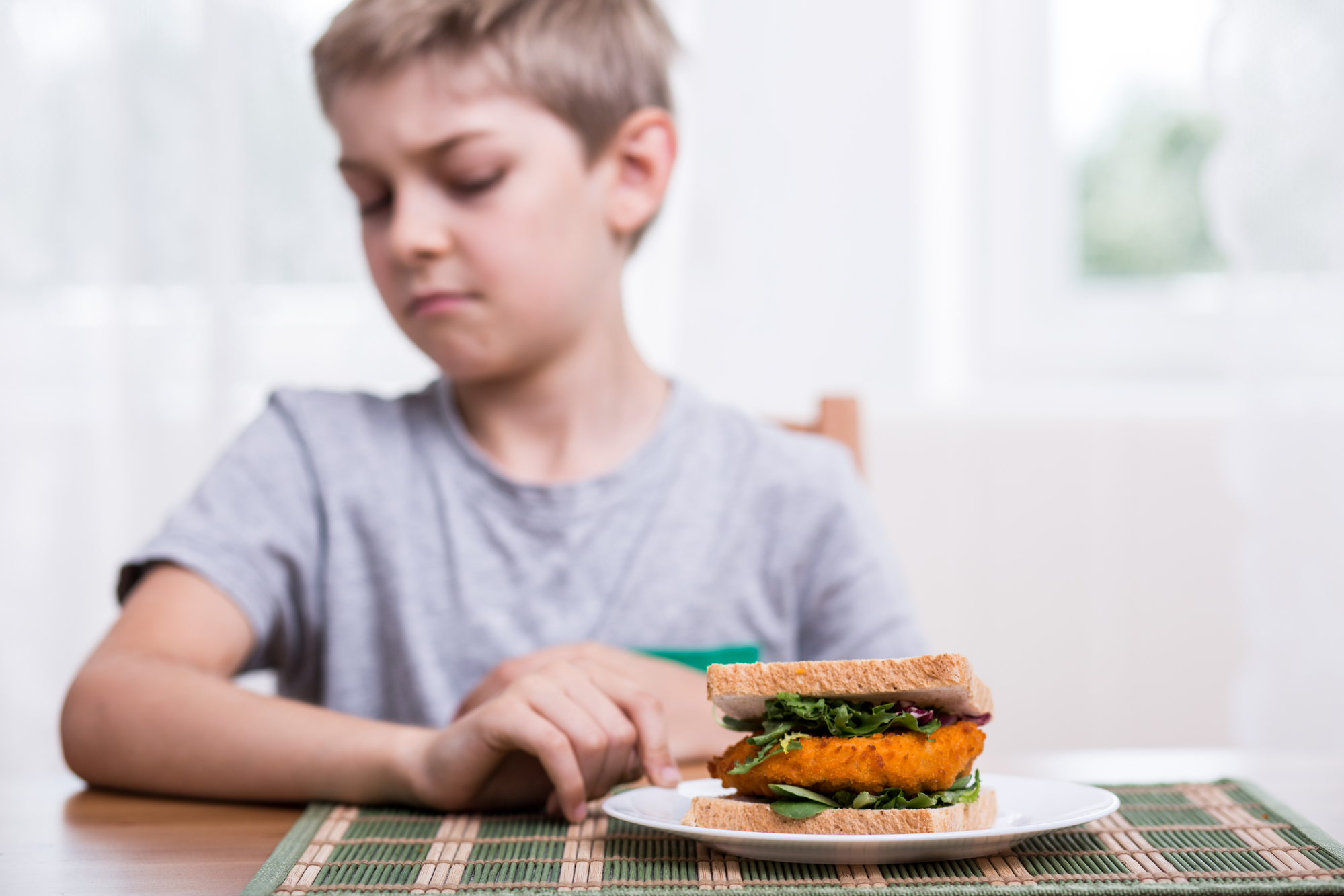

Excerpted from HOW TO RAISE AN INTUITIVE EATER: Raising the Next Generation with Food and Body Confidence by Sumner Brooks and Amee Severson. Copyright © 2022 by the author and reprinted with permission of St. Martin’s Publishing Group.
Movement and its relation to our body and health is the cousin of nutrition. It can be so deeply rooted in diet culture, yet is an important part of our lives, and likely an aspect of some of your children’s favorite activities. Movement for kids and adults is ideally about having fun and developing new skills—never about losing weight or burning calories. When it’s not fun—it won’t be for everyone—it may be an intentional choice to support physical strength, rehabilitation, mental health, or skill-building. The key difference with our approach to movement is that the choice is based in body appreciation; it’s not a mandate from diet culture. We need to be aware that in our culture, even when you say it’s “to stay healthy,” kids are conditioned to know and subconsciously associate “healthy” with “thin.” “Staying healthy” is an association we should question and would be best unassociated with movement.
Of course, we know that for many kids, participating in sports is positive: It builds social connection, grows self-esteem, it’s fulfilling, and it’s fun! Some kids can develop an interest early on, and become passionate and dedicated athletes by grade school or middle school. This immerses them into sports culture from a young age. If your child is one of these passionate athletes, we want you to be informed about the ways this may impact their risk of developing disordered eating.
We often see kids get into a certain sport because they love it. Then, as they get older and approach middle and high school years, there becomes more and more pressure on athletes to have an “athletic,” trim, lean, or thin build. The sports culture all on its own comes with increased risks for eating and exercise disorder development. Actually, if you have a child who is very into sports, you’ll want to be extra aware of what they’re being told about food, eating, and weight control in the setting of their sport, from teammates, other parents, and coaches.
It’s estimated that disordered eating affects around 62 percent of female and 33 percent of male athletes, specifically athletes that compete in sports that place a high emphasis on aesthetics, appearance, size, and weight such as bodybuilding, wrestling, gymnastics, figure skating, dancing, rowing, running, cheerleading, and horse racing, to name a few. Among female high school athletes, 41 percent reported disordered eating, and they were eight times more likely to experience an injury than their teammates who didn’t report disordered eating.
Further down the line, one study found that for college athletes the risk of developing anorexia nervosa was 25 percent (female) and 10 percent (male) and bulimia nervosa 58 percent (female) and 38 percent (male). These numbers are extremely high, and show that if your child is involved in competitive sports, just by being a part of the sports culture, they are at high risk.

Body changes that come with puberty, combined with the increased food needed for their sport and more attention on weight, shape, and appearance, is a recipe for body dissatisfaction and increased attention on food and weight. It’s common to find adolescents and young adults, with their newfound freedom of eating away from their parents more often than ever before, taking it upon themselves to start dieting without anyone noticing. That is, until you do notice. This can be really scary for parents, but it highlights the importance of talking about bodies and normalizing body diversity and body fat from a young age—so that your child is more equipped to say no to the temptation of dieting when it’s presented as a potentially necessary step to help them excel in their sport.
The more movement in their life, the more your child will naturally be hungry. It’s not unusual if you notice your middle-schooler or teen eating what appear to be large amounts of food at one time—their bodies are hungry for this! Your natural reaction might be to encourage them to eat less, to wait until dinner, or to choose something “healthier,” which can feel really shaming and imply that you don’t approve of the way they are eating. Ask yourself: Do you know how much they’ve had to eat that day? (No, you don’t—unless you actually do, but you probably don’t.) Is it possible they are really hungry and need to have permission to eat as much as they need without feeling guilty or embarrassed? Maybe they are eating emotionally; if that is the case, what they need is support, space, permission, and love—not to be shamed for eating.
Explicitly stating something like “Are you really hungry for that? or Are you listening to your body? You’ve had two bowls of cereal” will not help them feel supported; it will likely produce a shame spiral and cause them to want to eat apart from you, in private. Support them by reminding them to have meals and snacks, having food available, and asking for their input on what foods they want to have around for breakfast, easy lunches, and after-school snacks. Involve them and show them you want to support them in getting enough to eat and feeling satisfied. Home should never be a place where someone feels bad about what they eat.
If your child is eating a lot of “light” or diet foods—particularly in the high school age range and even more so among high school athletes who are growing and very active—they will likely not be getting enough calories to meet their needs, and their body will eventually register that. When the body and brain begin to recognize there is a calorie deficit, neurochemicals and hormones shift to protect their body, often causing noticeable surges in appetite and cravings. For some people, the pattern that ensues is binge eating, alternating with restriction, and on it goes. Many young athletes and active people who have high calorie needs but make it a priority to “eat healthy” (which to them may mean eating fewer calories) will begin to experience urges to binge. This isn’t a “normal” part of being a teenager. Despite being common, binge eating is a direct outcome of undereating or being unintentionally underfueled. So, although your child or teen may complain to you that they feel “out of control” or “eating too much”—and they may be gaining weight, too—the problem lies in the undereating, not the binges. Restriction is never the road to peace with food. Eating large portions can be normal, but when the feelings of guilt and shame, or compensation like exercise, vomiting, using laxatives or diuretics, or restricting food occur, these are signs of a more serious disorder. Eating disorders require professional treatment as well as a compassionate and supportive home environment that allows a child to recover from disordered thoughts and behaviors. Placing limits on food, regardless of how much they are eating, is never the answer. Eating disorder behaviors can also be a coping mechanism that your child develops to survive difficult circumstances.















